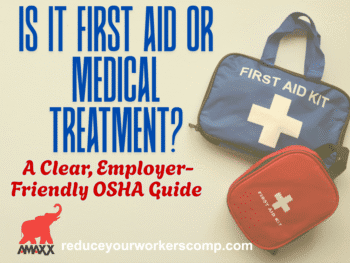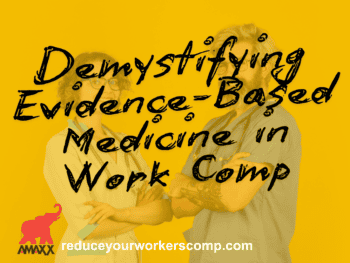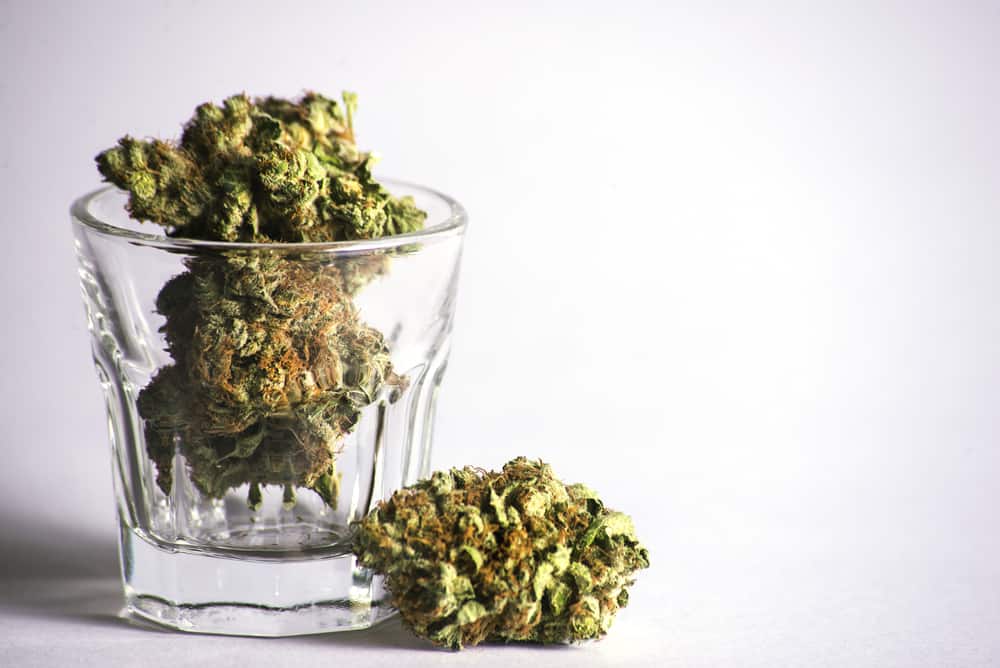
The opioid epidemic and needless overdoses on legal (and illegal) drugs have caused countless stakeholders, policymakers, and members of the claim management team to look for viable options to provide reasonable medical care and treatment for injured employees and avoid the negative consequences of drug addiction. This has resulted in the use of medical cannabis to provide pain relief, and better treat work injuries. This two-part series gives a background on the use of marijuana to treat work injuries, define the issues of concern, and provide guidance on how to defend claims involving medical cannabis.
This is Part 1 of a 2-part Series on Medical Marijuana
Prevalence of Drugs in Our Society
Drug use and abuse (both legal and illegal) have been prevalent in American society even before the Revolutionary War. Over the years, societal attitudes have changed, which eventually resulted in the federal government taking a more active role in the regulation of all controlled substances under the Controlled Substances Act (CSA) of 1971, the “scheduling” of all drugs. Under this system, Schedule I controlled substances are those deemed to:
- Have a high potential for abuse;
- Has no currently accepted medical use in treatment in the United States; and
- Has a lack of accepted safety for use of the drug or other substance under medical supervision.
Click Link to Access Free PDF Download
“The 6-Step Process To Determine Workers’ Comp Injury Causation”
Under this classification system, marijuana and its cannabinoids that contain trans-Δ9-tetrahydrocannabinol (THC) have been illegal under federal law.
How THC Works in the Human Body
Scientists have limited opportunities to study marijuana inside the United States, given its classification under the CSA. The result is two-fold:
- Limited ability for controlled studies to take place. In sum, the scientific community can only study it under close government supervision, parameters, and not in the human body;
- The prevalence of anecdotal evidence on either side of this divisive issue to control the debate on THC’s effectiveness.
The result is that urban legends and myths prevail.
Notwithstanding the barriers in place, the scientific and medical community has gained a better understanding of how THC impacts humans. Once ingested into the human body, cell receptors transmit information in molecules known as “neurotransmitters.” The result is a person’s mood is altered by increasing the production of Dopamine, which creates a pleasure neurotransmitter. The result is a “brain reward system” is established that can reduce craving and withdrawal. The theory that could be explored is whether this reduces dependence on powerful opioid medications such as OxyContin, and Fentanyl.
Problems and Challenges with THC
The issue policymakers and members of the claim management team are left to deal with is whether the use of THC in the form of marijuana and its cannabinoids is whether it has a reasonable and necessary application for workers’ compensation claims. Issues that need to be offered include the following:
- Addressing problems THC use and the developing brain. Adulthood is generally defined as someone reaching the age of 18 years old. With issues such as gambling and alcohol use, lawmakers have increased the age limit in many instances to 21 years old in order to allow one’s brain to develop to make rational and safe choices. Issues have been raised with THC use and whether even this increased standard is appropriate. The limited studies conducted have suggested use before the age of 24 years can have an irreversible negative lifetime impact in terms of development;
- Issues concerning addiction also need to be addressed. Marijuana that was common in American society back in the 1960s and 70s was far less potent in terms of THC concentration compared to current blends readily available on the street and in legal dispensaries;
- The impact of environmental factors on an individual such as family dysfunction, childhood abuse, poor school performance, and interaction with the criminal justice system. THC alters the mood in every person that ingests it. Questions remain as to whether it is a “gateway” to other illegal drugs, impacts underlying genetic predispositions, and interaction with brain function.
It is also worth noting the ingestion of marijuana by smoking has many of the same harmful effects as tobacco smoke.
Conclusions
Government policy has limited the ability of policymakers and members of the claim management team from making reasoned choices when it comes to the use of marijuana to treat the effects of a work injury. While there may be some benefits, more work needs to be done to effectively determine if it truly can cure and relieve the effects of a work injury. Incremental steps versus complete legalization is the only safe and effective way to make these determinations.

Contact: mstack@reduceyourworkerscomp.com.
Workers’ Comp Roundup Blog: https://blog.reduceyourworkerscomp.com/
©2019 Amaxx LLC. All rights reserved under International Copyright Law.
Do not use this information without independent verification. All state laws vary. You should consult with your insurance broker, attorney, or qualified professional.














